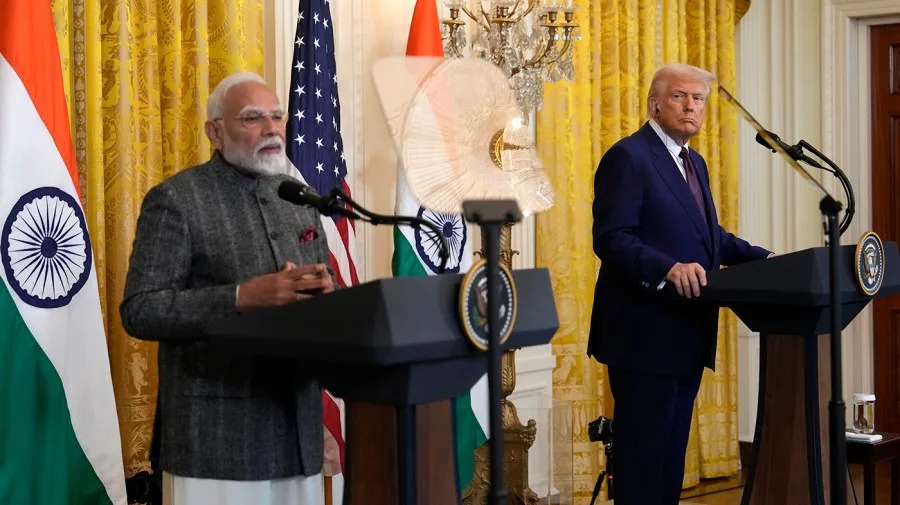
During his first term, President Trump struck up an exuberant bromance with Indian Prime Minister Narendra Modi, holding joint rallies in Texas and India and calling Modi one of “America’s greatest, most devoted, and most loyal friends.”
While Modi was among the first heads of state to visit the White House in Trump’s second term, the U.S.-India relationship has soured amid the president’s trade war and push for peace in Ukraine.
The president in recent days has publicly fumed over India’s trade imbalance with the United States and its economic ties with Russia, threatening to “substantially raise” a 25 percent tariff rate set to take effect in the coming days.
The tensions are straining a partnership that both Republicans and Democrats view as essential in challenging China.
“I don’t think that he wants to spoil his relationship with Modi,” Derek Grossman, professor of international relations at the University of Southern California, said of Trump.
“Again, he is personalistic, and if he feels like Modi is a great guy, a great friend, as he said, why ruin that? Well, there’s got to be a reason to, and that’s that the U.S. is being undermined in its policies by India.”
Trump has singled out India as a particularly egregious trade foe amid his global trade war, citing a trade deficit of about $46 billion. India is also the second-largest importer of Russian oil after China.
“What people don’t like to say about India, they’re the highest tariff nation. They have the highest tariff of anybody. We do very, very little business with India because their tariffs are so high,” Trump said on Tuesday.
“So we settled on 25 percent, but I think I’m going to raise that very substantially over the next 24 hours because they’re buying Russian oil. They’re fueling the war machine and if they’re going to do that, then I’m not going to be very happy.”
Those remarks, echoed in a series of Truth Social posts in the days since, marked a stark change in tone.
During Trump’s first term, the two demonstrated a personal warmth and exchanged boisterous rallies — a “Howdy Modi” rally in Texas in 2019 that drew a reported 50,000 people, and a 2020 “Namaste Trump” rally in India that drew an estimated 100,000 people.
Hints of Trump’s frustration were dropped during Modi’s visit in February, when Trump said it was only “fair” that the U.S. match India’s tariffs on American exports. But the visit was largely friendly, with the two leaders launching a new initiative to boost cooperation around military, commerce and technology.
While Democratic lawmakers have raised concerns about human rights issues in India — the nonprofit Freedom House has tracked democratic backsliding and rates the country as only “partly free” — there’s a growing bipartisan consensus that India provides one of the best partnerships for countering China’s economic, diplomatic and military might.
“The Biden administration and the first Trump administration for that matter, looked at India and thought, having India on our side, so to speak, can be very helpful toward countering China throughout the Indo-Pacific,” Grossman said.
“There’s a problem with that: The biggest problem is India is still multi-aligned, they are not really going to do too much for us in the Indo-Pacific, unless it directly impacts their national interest.”
A pillar of India’s foreign policy is its “strategic autonomy,” a right to have relations with any nation unbound by decisions from other multilateral groupings.
India has also chafed at Trump’s efforts to claim credit for mediating a ceasefire with Pakistan after clashes in May. Modi reportedly conveyed to Trump during a call in June that the U.S. played no role in halting the fighting.
Pakistan, on the other hand, has nominated Trump for a Nobel Peace Prize, and Trump welcomed Pakistan army chief Asim Munir to the White House in June.
Grossman said the disagreement around the India-Pakistan ceasefire is likely fueling “personalistic baggage” between Trump and Modi.
The president hasn’t said exactly how much tariffs will increase on India, but he called out the country on Monday for buying Russian oil and “selling it on the Open Market for big profits.” He previously had vowed to hit India with a penalty for buying military equipment and energy from Russia amid the war in Ukraine.
India’s Ministry of External Affairs on Tuesday criticized the U.S. and EU as “targeting” the country for buying Russian oil when New Delhi was “encouraged” by the former Biden administration to import Russian oil as other global supplies were diverted to Europe.
“India’s imports are meant to ensure predictable and affordable energy costs to the Indian consumer. They are a necessity compelled by global market situation,” the ministry’s statement continued, also criticizing a double standard of carve-outs on Russian trade with the U.S. and Europe despite the war in Ukraine.
Trump’s focus on India as fueling Russia’s war in Ukraine is a relatively new development, coming as trade talks between Washington and New Delhi have faltered.
Top administration officials, including Trump, have insisted for months that a deal with India was pending. Vice President Vance traveled to India in April and, at the time, said there was progress on trade talks.
But some four months later, no deal has materialized. India is laying out red lines protecting the country’s agriculture and dairy sectors, an Indian government source told Reuters. New Delhi is committed to blocking imports of dairy products due to religiously based opposition to animal feed in these products.
Trump also appears to be using India in a bid to gain leverage on Russia, putting an Aug. 8 deadline on Moscow to reach a peace deal or face “secondary tariffs” on its trading partners.
While the Senate has called for a 500 percent tariff on countries that buy Russian oil, Trump has said he could impose a 100 percent tariff on nations that do business with Russia.
White House deputy chief of staff Stephen Miller, one of Trump’s closest and most influential advisers, summarized all of the administration’s problems with India in an interview with Fox News on Sunday.
“India portrays itself as being one of our closest friends in the world, but they don’t accept our products, they impose massive tariffs on us, we also know they engage in a lot of cheating on immigration policies that is very harmful to American workers and again we see the purchasing of oil,” he said.
Aman Thakker, vice president at the Asia Group, said a draft trade deal originally imposed around a 13 to 15 percent tariff on India, with India reducing tariffs across the board for most sectors in the U.S., except on certain agricultural products.
He expects officials from the National Security Council to travel to India next week to continue talks on a deal, suggesting the door isn’t closed to negotiations.
“I think this is, in my view, the president playing hardball with India trying to get a bigger deal than what was presented,” he said. “The president, this is sort of his way now to say, ‘Well, I can secure a better deal than what the trade negotiators have been able to hammer out, and I’m going to use as much leverage as I can to make that deal happen.’”
Thakker argued it’s “an open question” as to whether India would back down on purchasing Russian oil.
“I still think that there is a possibility about both sides engaging and finding a solution. They’ve done it before across administrations and including the last time President Trump was in the White House,” he said.
“But it will really depend, I think, on how the next couple of days and weeks play out. If the president announces a higher tariff rate … that will raise the temperature in an unproductive way.”
Copyright 2025 Nexstar Media, Inc. All rights reserved. This material may not be published, broadcast, rewritten, or redistributed.
For the latest news, weather, sports, and streaming video, head to The Hill.

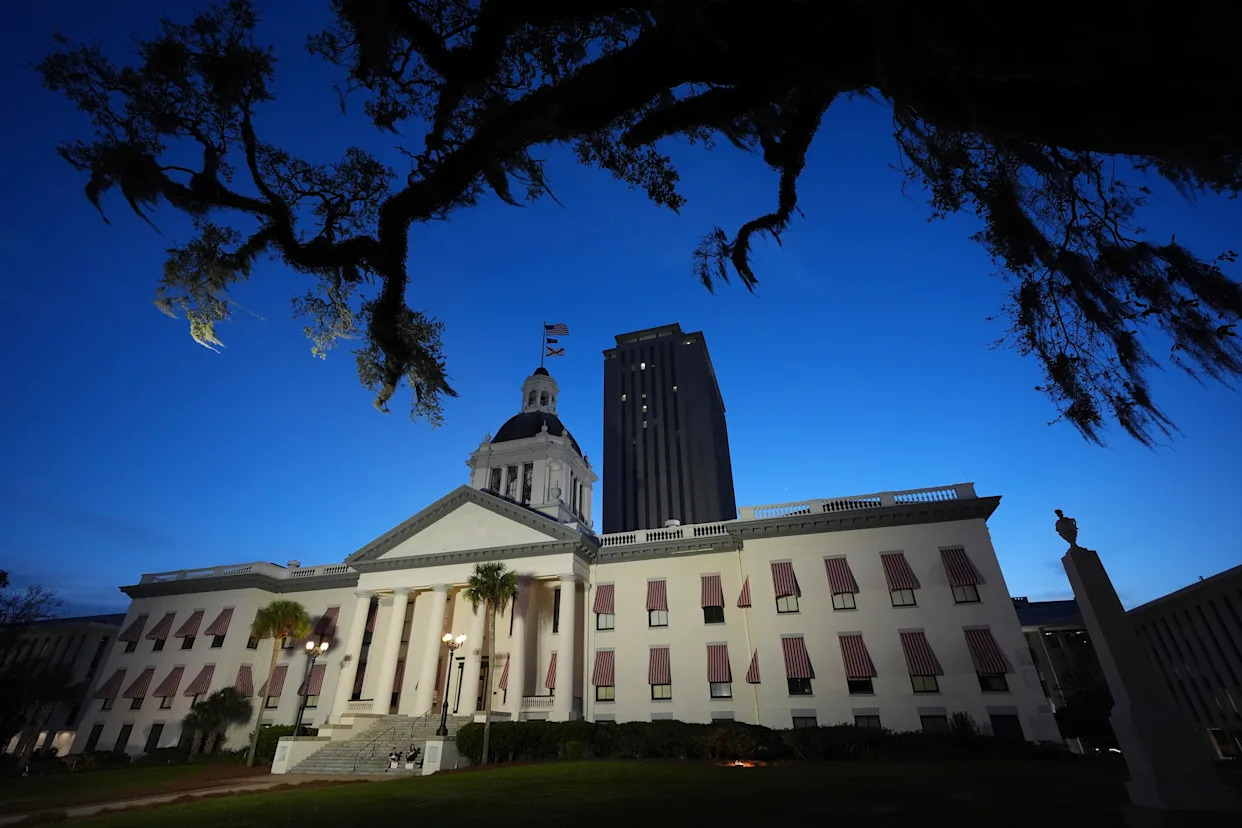

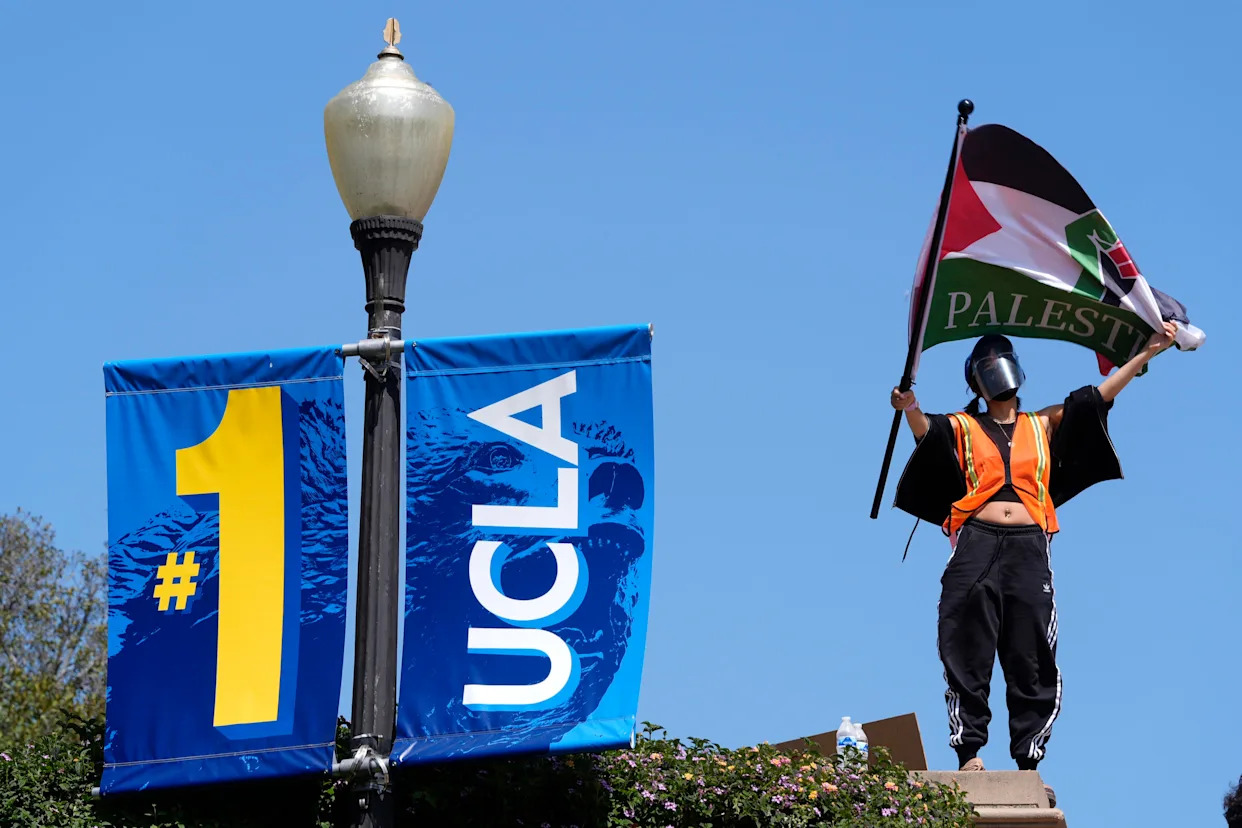
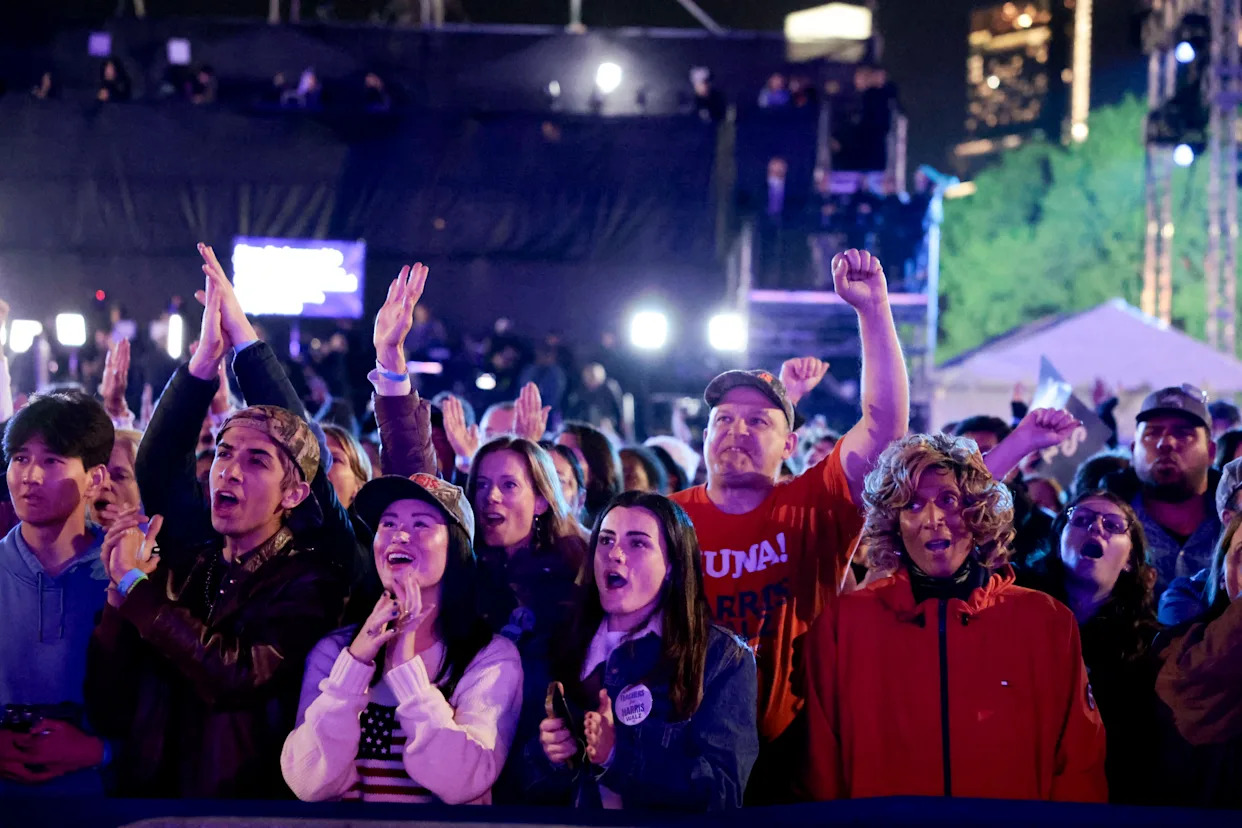
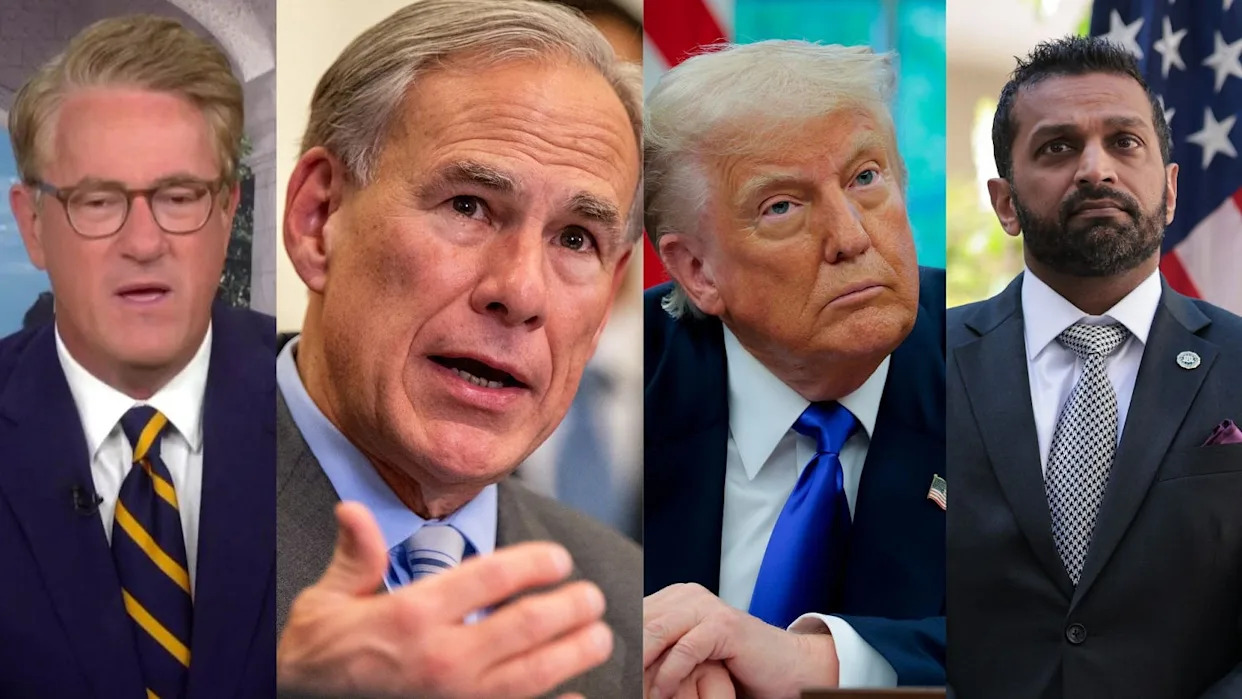
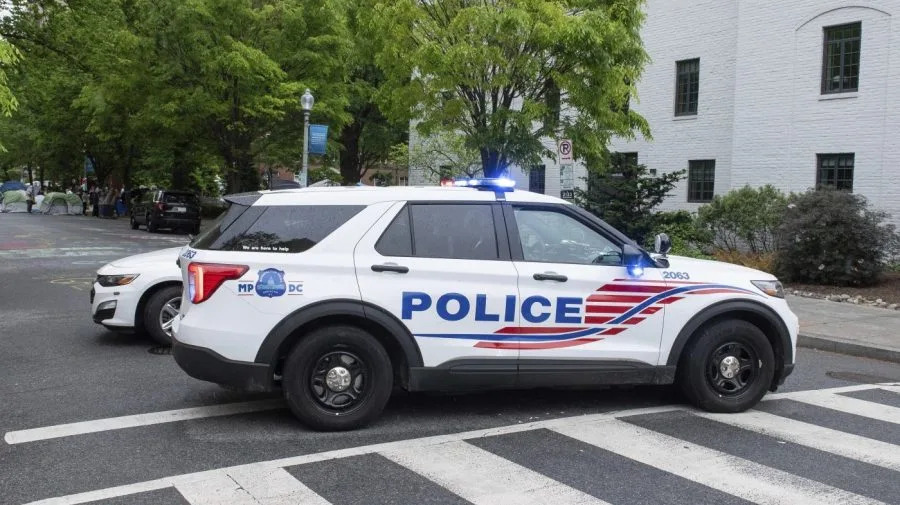
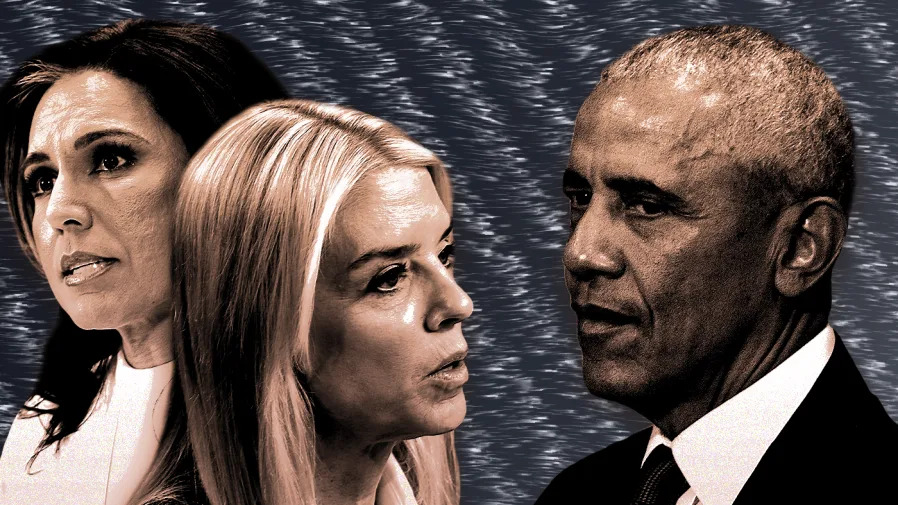
Comments